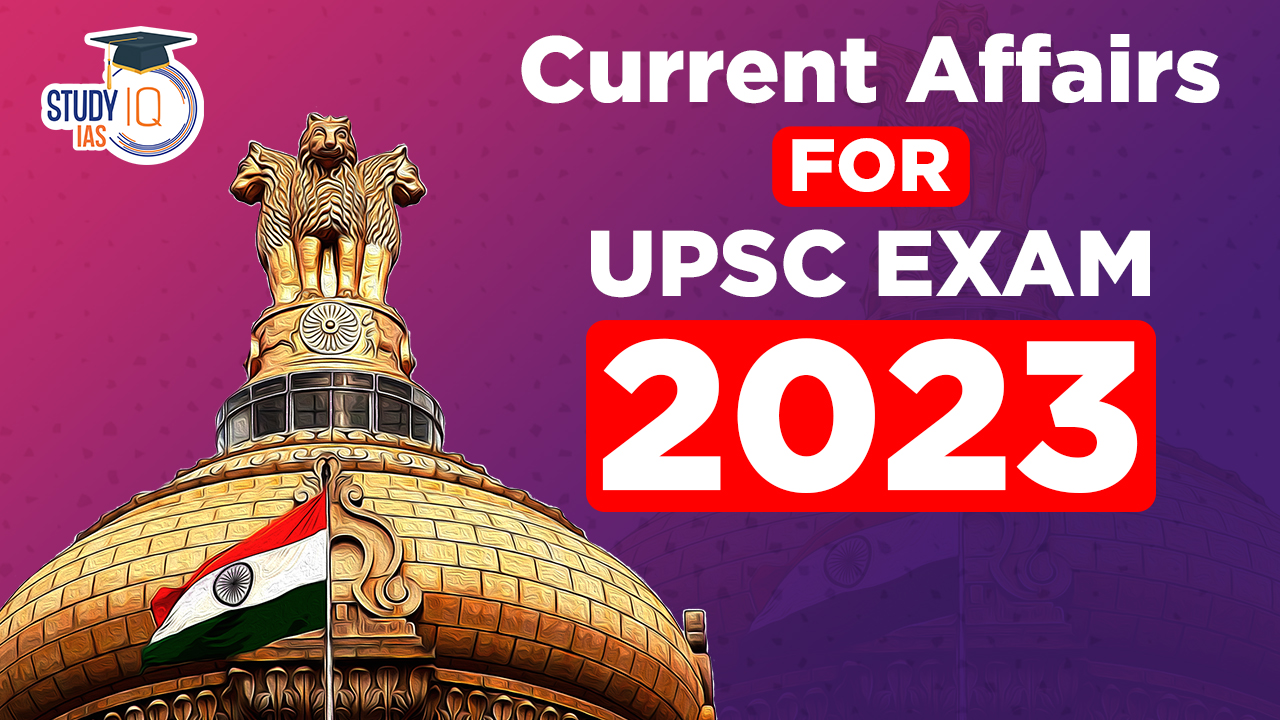Table of Contents
Magnetars
Context: AstroSat, India’s first multi-wavelength space-based observatory, has detected bright sub-second X-ray bursts from a new and unique neutron star with ultrahigh magnetic field (magnetar), which can help understand the intriguing extreme astrophysical conditions of magnetars.
About Magnetars
- Overview: Magnetars are a rare type of neutron star, known for their exceptionally strong magnetic fields and violent eruptions. Only about thirty have been observed in our galaxy.
- Example: Magnetar SGR J1830-0645, was discovered by NASA’s Swift spacecraft
- Eruptions and Characteristics: These compact stars experience short, intense bursts, emitting transient X-ray pulses with immense energy. Eruptions might be due to magnetosphere instabilities or “starquakes” in their crust.
- Formation: They form when massive stars (10-25 solar masses) collapse. Among neutron stars, magnetars have the strongest known magnetic fields.
- Magnetic Field and Energy Release: Their field strength is about 1,000 times stronger than typical neutron stars and one quadrillion times that of Earth. They emit flares, X-rays, and gamma-ray bursts, marking them as extreme cosmic events.
- Internal Dynamics: The interior of a magnetar, possibly comprising neutrons, quarks, and exotic matter like Bose-Einstein Condensates, may act as a superconducting fluid. This generates their immense magnetic field as the star rotates, akin to a colossal dynamo.
We’re now on WhatsApp. Click to Join
| Fast Radio Bursts (FRBs) |
|
| LISA (Laser Interferometer Space Antenna) |
|
| What is AstroSat? |
|
T+0, Instant Settlement Cycle
Context: The Securities and Exchange Board of India (SEBI) has proposed the introduction of a facility for clearing and settlement of funds and securities on T+0 (same day) and instant settlement cycle on an optional basis.
Current Settlement Cycle In Securities Market
T+1 Settlement Cycle
- The T+1 settlement cycle refers to completing trade settlements within one day after a transaction. This means securities and funds are exchanged between the buyer and seller within 24 hours.
- Evolution of Settlement Cycle:
- 2002: SEBI reduced the settlement cycle from T+5 to T+3.
- 2003: Further reduced to T+2.
- 2023: Adopted the T+1 cycle, making India the second country after China to implement this for top-listed securities.
SEBI’s Proposal
- Introduction of a Shorter Settlement Cycle: SEBI suggests adding an optional T+0 settlement cycle to the existing T+1 cycle for equity cash segments. This means settling trades on the same day they are made.
- Phased Implementation:
- Phase 1: An optional T+0 settlement cycle for trades made until 1:30 PM, with settlement completion by 4:30 PM on the same day.
- Phase 2: An option for immediate settlement of each trade (funds and securities) as they occur, available for trading until 3:30 PM.
- Initial Application to Top 500 Stocks: The T+0 settlement is proposed for the top 500 stocks by market capitalization, implemented in three stages:
- First phase for 200 stocks,
- Second phase for another set of 200 stocks,
- Final phase for the remaining 100 stocks, progressing from the lowest to the highest market cap.
- Exclusion of Certain Securities: Stocks under the trade-for-trade settlement category will not be eligible for the T+0 settlement.
Advantages
- Accelerated Transactions: Sellers and buyers complete their transactions within a day.
- Reduced Counterparty Risk: Quicker settlement leads to less exposure to risk.
- Capital Efficiency: Less capital is needed for risk collateralization due to the shorter timeframe.
INS Imphal
Context: The Indian Navy has commissioned INS Imphal, the third stealth-guided missile destroyer in the Visakhapatnam class, as part of Project 15B.
About INS Imphal
- The Visakhapatnam class stealth-guided missile destroyer, INS Imphal, is a product of Mazagon Dock Shipbuilders Limited (MDSL) and was designed by the Indian Navy’s Warship Design Bureau.
- Key Features:
- This warship is 163 metres long, 17.4 metres wide, and displaces 7,400 tonnes.
- It can reach speeds up to 30 knots and has a range of 4,000 nautical miles.
- 75% of its components are indigenous.
- Its armament includes BrahMos cruise missiles and Barak-8 air defence missiles, and it’s equipped for network-centric warfare, utilising advanced IT and networking capabilities.
| Project 15B |
| Aims to construct four guided missile destroyers namely Visakhapatnam, Mormugao, Imphal and Surat. |
Women participation under MNREGA
Context: According to the Periodic Labour Force Survey (PLFS) released by the Ministry of Statistics and Programme Implementation, female participation in the Mahatma Gandhi National Rural Employment Guarantee Scheme (MGNREGS) has reached its peak in the past decade.
Women participation in MGNREGS
- Women’s involvement in the Mahatma Gandhi National Rural Employment Guarantee Scheme (MGNREGS) has been measured by the proportion of women person-days to the total.
- In 2023-24, this ratio reached 59.25%, a significant increase from 57.47% in 2022-23 and 54.82% in 2021-22. The lowest participation rate over the past decade was 53.19% in 2020-21.
- Southern states like Kerala (89%), Tamil Nadu (86%), Puducherry (87.16%), and Goa (72%) have consistently seen over 70% women’s participation. In contrast, Northern states such as Uttar Pradesh and Madhya Pradesh have hovered around or below 40%.
| (Rs. in Crore) | |||
| Year | Budget Estimate | Revised Estimate | Fund Released |
| 2020-21 | 61,500.00 | 1,11,500.00 | 1,11,170.86 |
| 2021-22 | 73,000.00 | 98,000.00 | 98,467.85 |
| 2022-23 | 73,000.00 | 89,000.00 | 90,810.00 |
| 2023-24 | 60,000.00 | – | *56,105.69 |
| (*as on 04.10.23) | |||
- For 2023-24, the lowest rates of women’s participation in NREGS were in Jammu and Kashmir (30.47%), Lakshadweep (38.24%), Uttar Pradesh (42.39%), Madhya Pradesh (42.50%), and Maharashtra (43.76%).
- Furthermore, the female Labour Force Participation Rate (LFPR) in rural areas rose to 30.5% in 2022-23, up from 18.2% in 2017-18.


 Operation Baam: Baloch Separatist Group ...
Operation Baam: Baloch Separatist Group ...
 National Register of Indian Citizens (NR...
National Register of Indian Citizens (NR...
 World Population Day 2025, Themes, Histo...
World Population Day 2025, Themes, Histo...





















